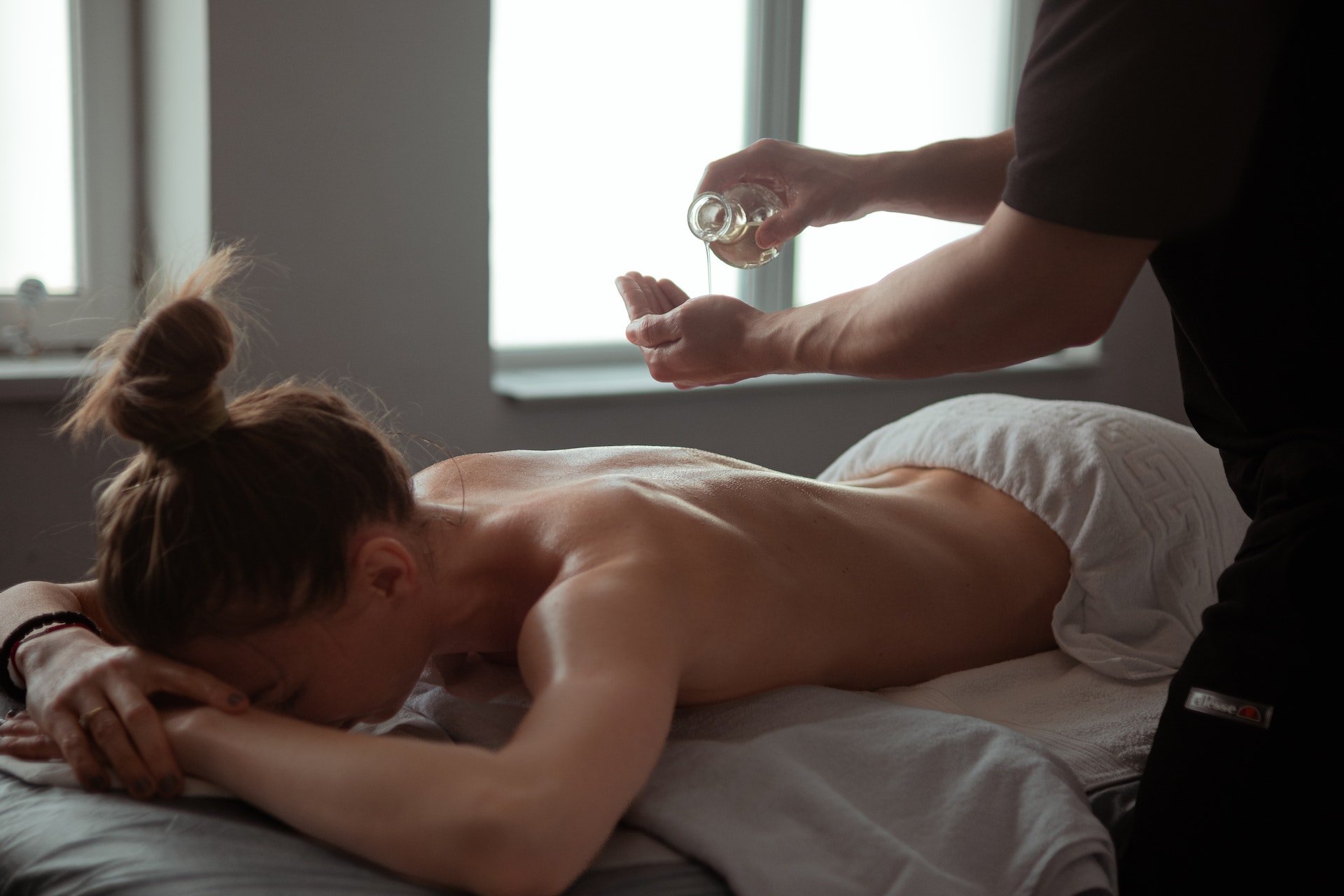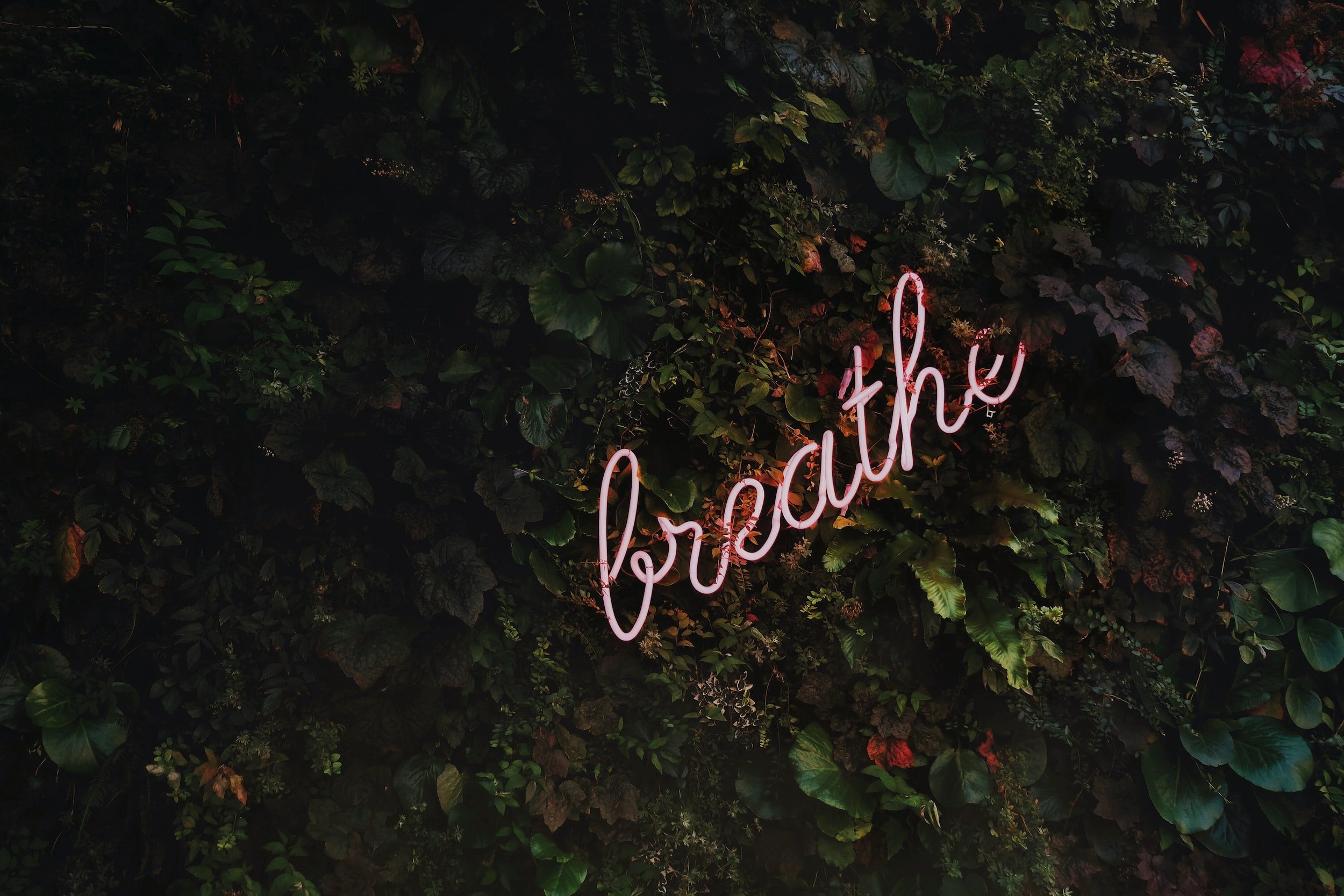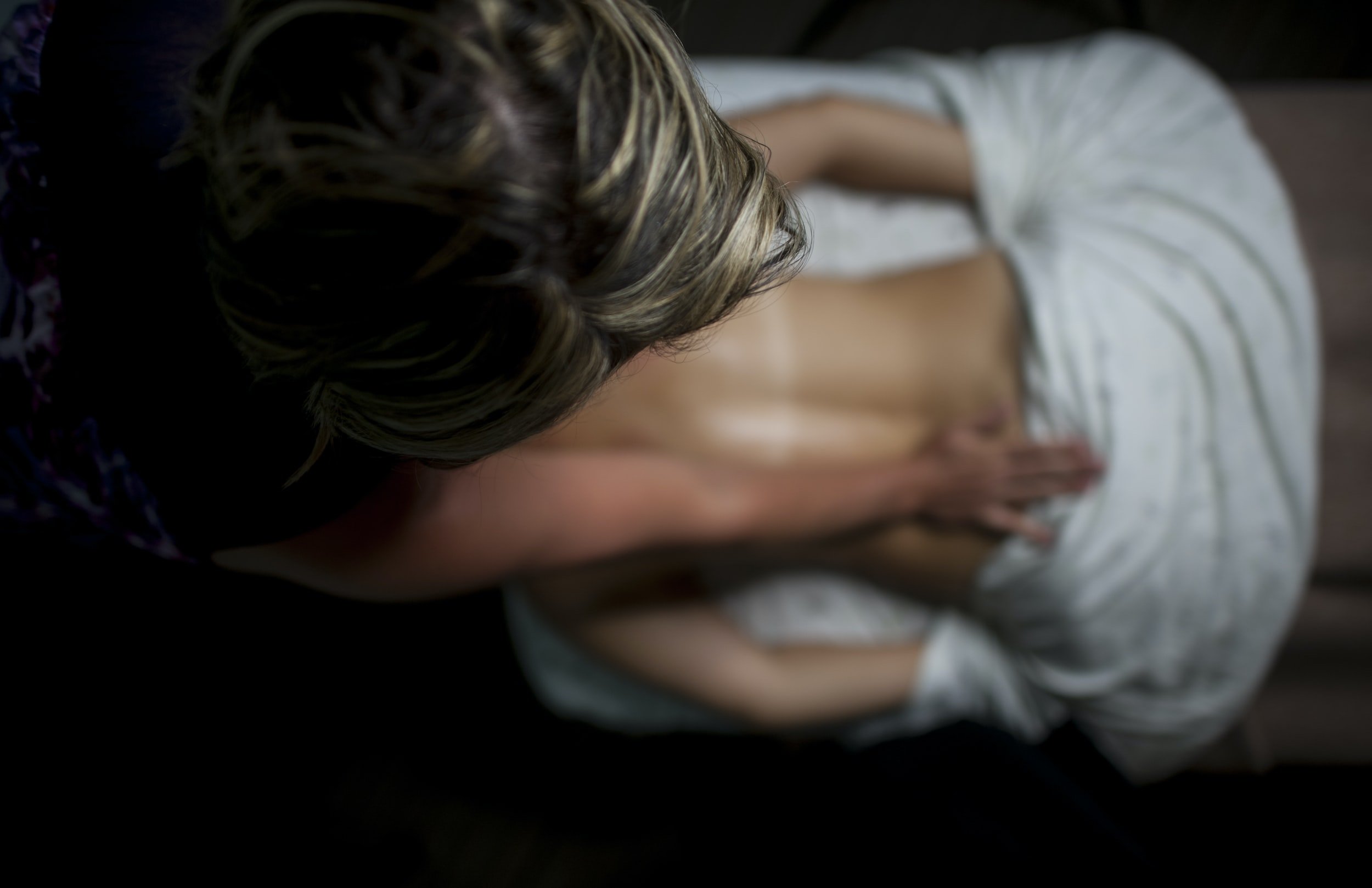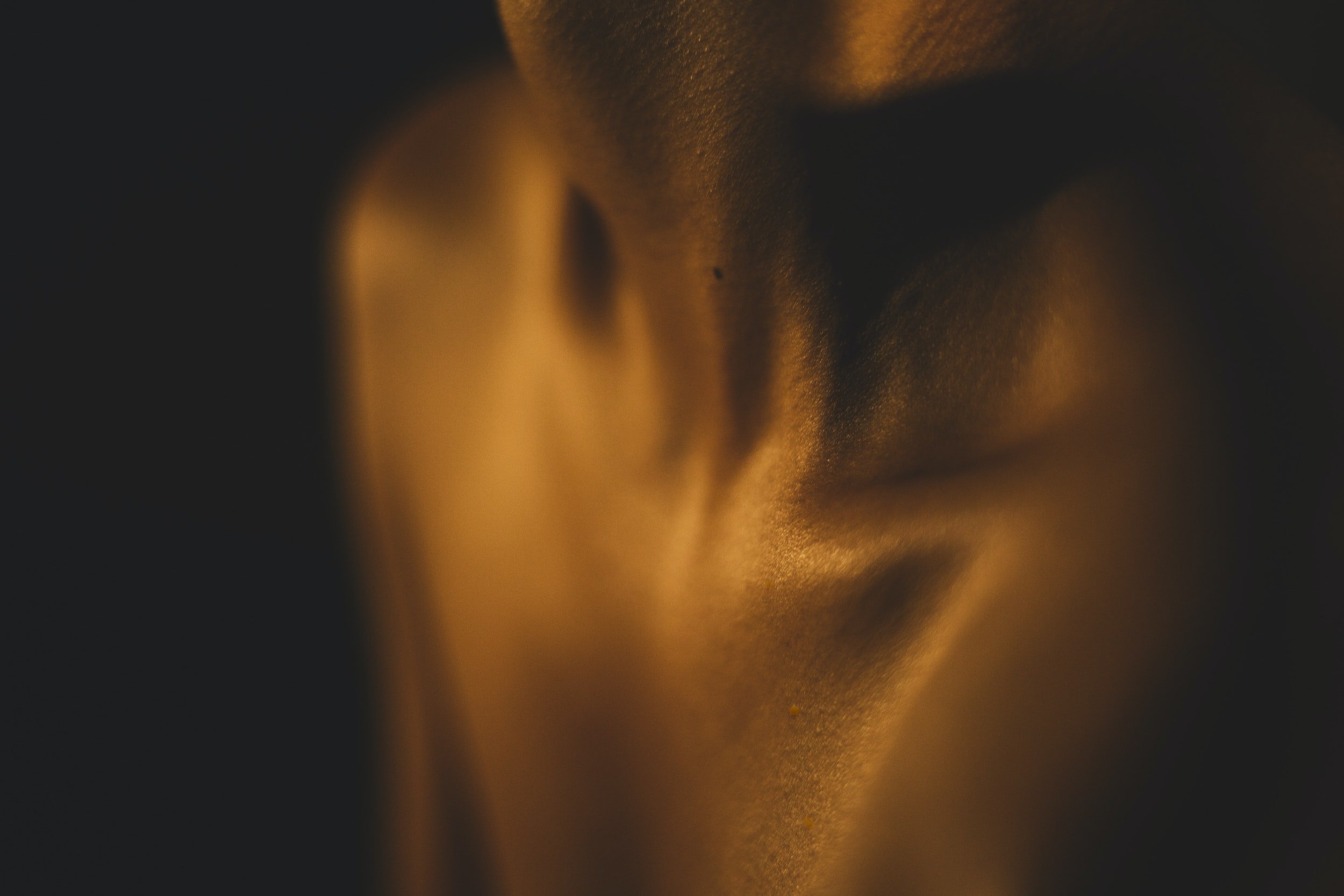So, What Is An Ayurvedic Massage?
In short, Ayurvedic massage is a type of holistic therapy that originated in India over 3,000 years ago based on Ayurvedic medicine principles.
Of course, massages can be a wonderful experience. However, let's dive deeper and explore which type of massage excites you. With numerous techniques available, each offering a unique experience, choosing can be challenging. Do you prefer a massage that's slightly painful, in a good way, like a deep tissue massage? Or you may be searching for a reparative massage geared towards training, such as the ones offered at top spas.
If you're looking for a holistic approach to health and well-being that gives you the best of both worlds, you may have come across the ancient Indian practice of Ayurveda. Ayurveda is a system of medicine that focuses on balancing the mind, body, and spirit through diet, lifestyle, and natural therapies. One of these natural treatments is Ayurvedic massage.
Ayurvedic massage therapy is an essential part of Ayurvedic medicine that has been practiced for thousands of years. It involves using oils, herbs, and other natural techniques to balance the body and promote health and wellness. I recently experienced an Ayurvedic massage to learn what it was all about. Let’s explore the Ayurvedic massage world, from its unique techniques to its many benefits.
By the end of this post, you'll better understand what Ayurvedic massage is, how it fits into the practice of Ayurveda, and what to expect during an Ayurvedic massage. Plus, you'll get a personal recommendation for experiencing Ayurvedic massage at Unna Life in Madrid.
Table of Contents
What Is an Ayurvedic Massage?
Ayurvedic massage therapy goes beyond being just another spa treatment. It is a holistic approach rooted in the principles of Ayurvedic medicine that aims to restore balance in the body, mind, and spirit using natural techniques, oils, and herbs. One of the unique features of Ayurvedic massage is the use of warm oil, carefully chosen based on the individual's dosha type and specific needs. Vata types often receive sesame oil, while Pitta types receive coconut oil.
During an Ayurvedic massage session, the therapist utilizes techniques, including long strokes, circular motions, and gentle stretching, to promote relaxation and balance. The primary objective is to ease tension, enhance circulation, and facilitate energy flow.
Unlike other massage modalities, Ayurvedic massage focuses on the whole person rather than just the physical body. It considers the individual's dosha type and utilizes specific oils, herbs, and techniques to bring it into balance.
Free Meditation Sessions
Be Mindfully You with our free meditation sessions. Sessions are 15 minutes long that include a 5 minute guided meditation.
So, What Exactly Is an Ayurvedic Massage?
Ayurveda has three dosha types: Vata, Pitta, and Kapha. Each dosha type has its own unique characteristics and qualities, and Ayurvedic massage can be tailored to balance and harmonize these doshas.
Vata types tend to be creative, energetic, and lively but also prone to anxiety and restlessness. Ayurvedic massage for Vata types typically involves using warm sesame oil and gentle grounding techniques to help calm the mind and balance the body.
Pitta types tend to be focused, driven, and intense but also prone to anger and frustration. Ayurvedic massage for Pitta types typically involves cooling coconut oil and soothing techniques to help release tension and promote relaxation.
Kapha types tend to be nurturing, patient, and grounded but can also be prone to sluggishness and heaviness. Ayurvedic massage for Kapha types typically involves invigorating mustard seed oil and stimulating techniques to help boost energy and promote circulation.
Understanding your dosha type and receiving an Ayurvedic massage tailored to your individual needs can be a powerful way to promote balance and harmony in your body, mind, and spirit.
Ayurvedic Dosha Types
Ayurveda categorizes people into three dosha types: Vata, Pitta, and Kapha, each with its own unique traits and qualities. Ayurvedic massage can be customized to balance and harmonize these doshas.
Individuals with Vata dosha are typically creative, energetic, and lively but can also experience anxiety and restlessness. For Vata types, Ayurvedic massage involves using warm sesame oil and gentle grounding techniques to calm the mind and balance the body.
Those with Pitta dosha tend to be focused, driven, and intense but can also experience anger and frustration. Ayurvedic massage for Pitta types involves cooling coconut oil and soothing techniques to release tension and promote relaxation.
Individuals with Kapha dosha are nurturing, patient, and grounded but prone to sluggishness and heaviness. Ayurvedic massage for Kapha types involves invigorating mustard seed oil and stimulating techniques to boost energy and promote circulation.
You can promote balance and harmony in your body, mind, and spirit by identifying your dosha type and receiving a personalized Ayurvedic massage.
What to Expect During an Ayurvedic Massage
If you're new to Ayurvedic massage, you may be wondering what to expect during a session. Here's a brief overview:
Before the massage, the therapist will typically ask about your dosha type and any specific concerns you may have. They may also recommend a specific oil or herb during the massage.
During the massage, you'll typically lie on a massage table or mat, and the therapist will apply warm oil to your skin. They'll use various techniques to massage the oil into your skin, including long strokes, circular motions, and gentle stretching.
Depending on your needs, the massage may also include other Ayurvedic techniques, such as Marma therapy or Abhyanga.
After the massage, you'll typically be given time to rest and relax. You may feel deeply relaxed and rejuvenated and may notice improvements in your overall mood, energy levels, and physical health.
To make the most of your Ayurvedic massage experience, it's important to prepare your body and mind beforehand by drinking warm water, avoiding heavy meals, and wearing comfortable clothing. After the massage, drinking plenty of water and avoiding caffeine and other stimulants is important.
The Difference Between Ayurvedic Massage and Regular Massage
While Ayurvedic massage shares some similarities with other types of massage, such as Swedish or deep tissue massage, there are some key differences.
One of the main differences is the use of warm oil in Ayurvedic massage. The oil is carefully selected based on the individual's dosha type and the body's specific needs. The warm oil helps to promote relaxation, nourish the skin, and penetrate deeply into the tissues.
Another difference is using specific techniques based on the individual's dosha type. For example, Vata types may benefit from gentle, grounding techniques, while Kapha may benefit from more invigorating techniques.
Ayurvedic massage also considers the whole person rather than just the physical body. It considers the individual's dosha type and mental, emotional, and spiritual well-being.
I had the pleasure of experiencing an Ayurvedic massage at Unna Life in Madrid, and it was truly a transformative experience. From the moment I walked in, I felt a sense of calm and serenity that stayed with me throughout the massage.
My Personal Experience with Ayurvedic Massage
I had the pleasure of experiencing an Ayurvedic massage at Unna Life in Madrid, which I found on ClassPass, and it was truly a transformative experience. From the moment I walked in, I felt a sense of calm and serenity that stayed with me throughout the massage. Because I already knew my dosha type, it became a more “get-to-the-massage” process. The massage itself was incredibly relaxing and rejuvenating. The warm oil felt luxurious on my skin, and the gentle, rhythmic motions of the therapist's hands helped to release tension and promote deep relaxation.
After the massage, I felt a sense of deep peace and well-being. My mind was clear and my body felt light and refreshed.
If you want to try Ayurvedic massage, seek a qualified practitioner and experience it yourself. It's an incredibly powerful and transformative practice that can help promote balance and harmony in your body, mind, and spirit.
Whether you're looking to reduce stress, alleviate pain, or relax and rejuvenate, an Ayurvedic massage may be just what you need. This ancient ritual is a powerful and transformative practice that can help promote balance and harmony in your body, mind, and spirit.
By understanding your dosha type and seeking a qualified practitioner, you can experience the many benefits of Ayurvedic massage. And if you're interested in taking your Ayurvedic practice to the next level, consider signing up for my 1-1 Ayurvedic coaching or Free Virtual Meditation Sessions.




